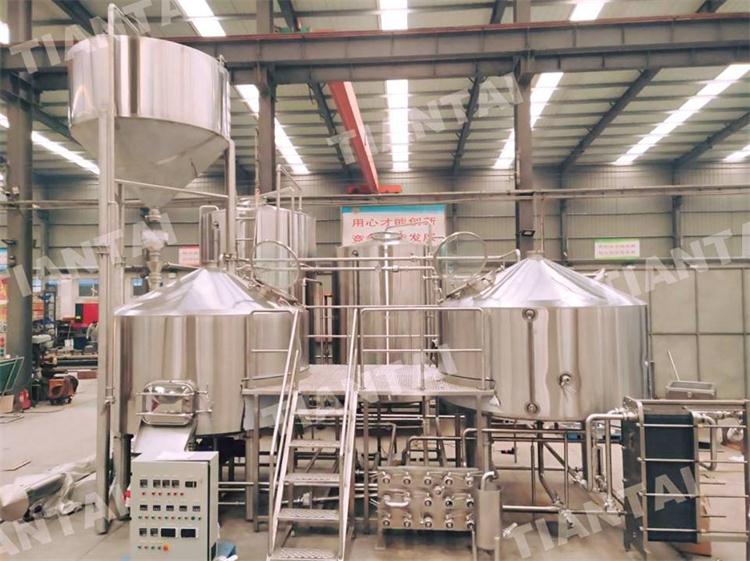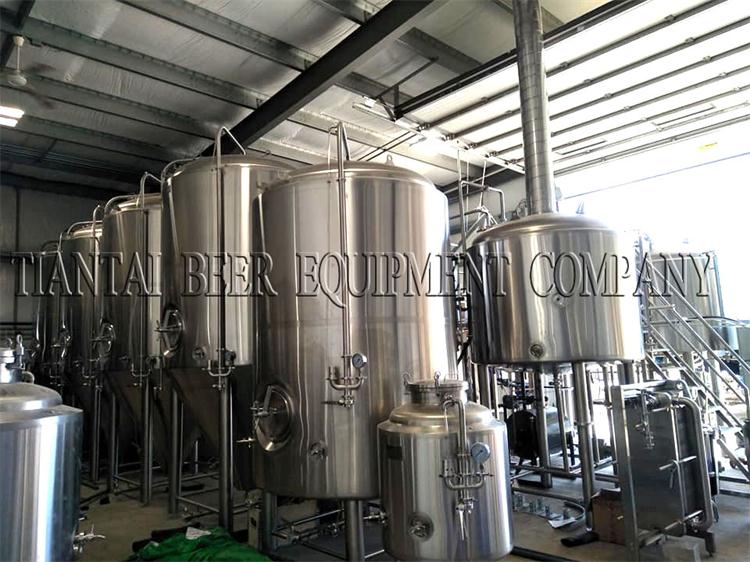Brewing Rice For beer brewing
Rice has become more popular as a food in the west with consumption in the United States rising sharply, possibly because so much is used to make beer. The vast majority of the rice consumed is white rice, in which the bran coat has been ground away. Anheuser-Busch is the largest single buyer of rice in the United States. Budweiser beer is brewed with rice making up a large portion of the grist.

Rice in Brewing
In the Far East, a lack of barley and plenty of rice, combined with the universal human desire to produce alcohol, led to the invention of sake or so-called rice wine. Although it often has wine-like alcoholic potency, sake is not a wine at all, but a form of beer. Rather than malt the rice, the knowledge of fungal fermentation techniques led to the use of Aspergillus oryzae to hydrolyze the starch in polished rice. The technique involves the removal of as much as 50% of the rice grain by milling, to leave pure endosperm (the starchy storage material). The polished rice is washed and steamed before a culture of A. oryzae is added to the mass of cooked rice. The fungus produces the enzymes to hydrolyze the starch, producing fermentable sugars, which can then be fermented by yeast.

Rice in Beer
It is commonly held, at least among craft brewers, that the use of rice in beer is to be abhorred. To quote Maureen Ogle, from an article in the LA Times, “Rice is considered by many brewers to be what the nasty, industrialized brewers use to water down their beer” and “craft brewers treat rice almost as if it were rat poison.” The article goes on to state that rice lowers the body, flavor, and color of beers made with elevated rice adjunct levels, which seems rather to reinforce the notion.
In fact, German brewers arrived in America to find that it was difficult to make good beer using the high-protein, six-row barleys available in the United States at the time. Looking for ways to dilute the malt, they began to use rice and corn. The end result bears little resemblance to good German or Czech lagers but their customers enjoyed this form of beer and millions of people still do. Although rice may once have been a cheap alternative to barley malt, it no longer is. Sharply rising prices have resulted in much higher material costs for brewers employing rice in their mashes.
Interestingly, despite the assertions by many American craft brewers and beer enthusiasts that rice is anathema, some craft brewers are experimenting with production of “pre-Prohibition” lagers that mimic the beers made in the United States in the late 1800s. These are relatively highly hopped but are very light bodied, the result of the use of up to 20% rice in the mash. Other craft brewers are experimenting with the use of specialized rice types that actually add interesting flavors to the beers.
As with all starchy adjuncts, the rice must be cooked to gelatinize the starch before it is added to the mash. This is usually done before the grain is mashed, possibly along with the addition of enzymes to prehydrolyze the starch. The addition of more than 30% rice to a mash can lead to problematically low enzymatic activity and high density in the mash bed. High adjunct mashes can also be somewhat sludgy, leading to difficulties in run-off. High levels of starchy adjuncts can also lead to problems with yeast nutrition because the adjuncts lack proteins and vitamins necessary for sustained yeast growth.
Edited by Amy
[email protected]


.jpg)



Get In Touch